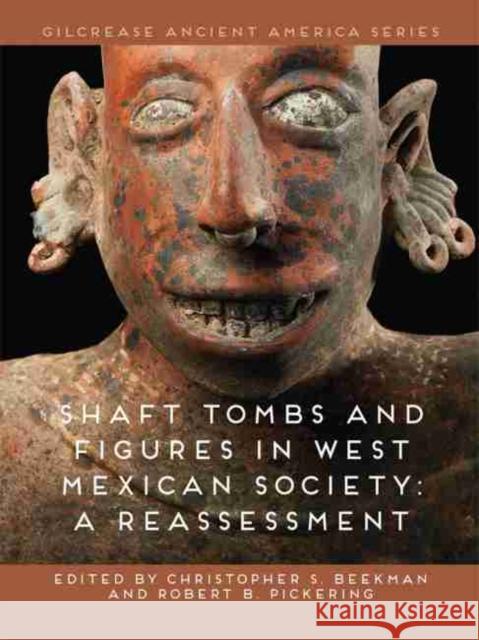Shaft Tombs and Figures in West Mexican Society: A Reassessment » książka
Shaft Tombs and Figures in West Mexican Society: A Reassessment
ISBN-13: 9780981979991 / Angielski / Twarda / 2016 / 240 str.
This volume brings together an international team of contributors to reconnect field research on the shaft tombs of western Mexico (ca. 300 B.C.-A.D. 500) with museum-based research on the distinctive human figures for which the region is known. These finely made figures and dioramas have attracted the interest of archaeologists, art historians, and museum curators for over a century because of their expressiveness and rich detail, tempered by the sad fact that most of these objects were looted from shaft and chamber tombs and sold on the wider art market. This volume presents current research reflecting multiple perspectives and using many new techniques for delving into the forms, functions, and meanings of these enigmatic figures.
Fourteen insightful chapters present new research in four thematic sections: (1) Case studies: Archaeological and biological studies, (2) Broader perspectives: The contexts of figures and tombs across larger areas, (3) Collections-based research: Natural science or statistical perspectives, and (4) Collections-based research: Visual culture perspectives. In addition, the editors provide a comprehensive historical overview of research on the figures and tombs and a discussion of archaeology's twin evils, looting and faking. In the final chapter, the editors propose avenues for productive new research that integrates different disciplinary approaches and takes advantage of new technologies that help scientists explore the past in new ways.
This volume aims to expose current researchers in western Mexico and Mesoamerica at large to the productive lines of study currently taking place in the field, the laboratory, and the museum, and to increase awareness of the potential that exists for integrative and collaborative research.











